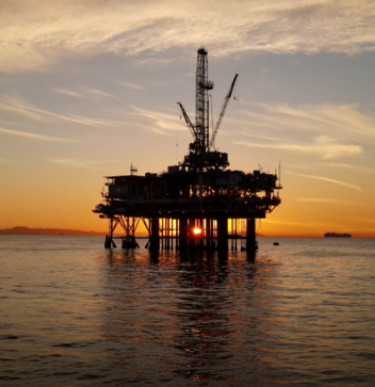Leviathan Gas Discovery
The first-hand story of the largest of Israel’s discovered gas fields
Get to the point, John
On the 2nd of June, 2010, in the middle of a sweltering Texas summer we, a bunch of Israelis and Texans in suits and ties as befits such an important occasion, gathered in Houston Texas. We came to listen to the Operator of the joint venture reveal the results of the 3D seismic survey it had recently carried out in the five licenses known as “Ratio Yam”. There stood before us, tall, broad John in the large, air-conditioned auditorium and with irritating slowness presented his impeccably neat geological theory and explained one step at a time, how the seismic survey was carried out, which layers were selected for mapping, what they showed and what problems were encountered during implementation and interpretation.
I sat, slightly hunched, at the far end of the table, barely hearing the words, and thinking: “Speed it up John. Get to the main point. How much gas is there in the Leviathan structure. I believe that one hour passed when I finally heard John say: “16 trillion cubic feet of gas.”
Dumbfounded, my body was on edge. Yigal tapped my shoulders and Gideon asked, with irony, “Are you satisfied with that amount?” My tongue grew heavy. I heard myself mumbling something, I don’t remember what. Years of expectations have come to fruition, my evaluation was correct. The results were surprising both in size of the reservoir and in terms of the estimated chances of findings, which stood at 50% (Pg=50%). It was now clear that by the end of the year, we were going to drill a well known as Leviathan-1.
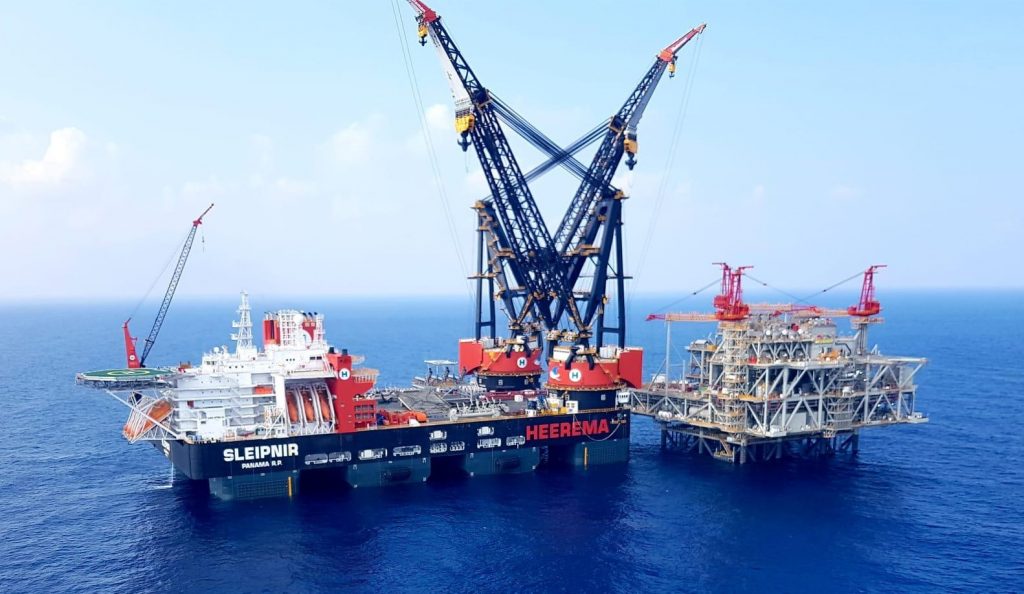
Ratio Oil Exploration Decides to Invest in the Sea
Ratio was founded at the end of 1992 as a limited partnership for oil exploration by the Landau (40%), Rothlevy (40%), Tsafriri (10%) families, and the author of this article (10%). The division of labor throughout the years was clear – the managers raised the funds and made business decisions and I handled the professional and operative aspects. Whenever I was asked, “Where is your office?” I would laughingly answer “In my truck”. We had limited funds so we focused on relatively inexpensive prospects (oil exploration projects) onshore. The offshore activities were too expensive for us. There were many disappointments along the way. Although partnerships similar to ours had fallen apart, we persisted, believing that the day would come when we would find viable oil (“oil” for us is defined as oil and gas).
In 1999, the Noa offshore gas field was discovered. This discovery changed Ratio’s policies. We decided that the little we had should be invested in the sea which had, we believed, a better chance than on land. We agreed that we should take a small part in the offshore prospects rather than a dominant role in the land drilling ventures .(Since Ratio’s inception, we collected geophysical material that covered most of Israel’s commercially viable).
This change in policy also affected the operating method. Until 2000, I had relied on others for seismic interpretations. Now I acquired a work station for seismic interpretations and in addition to employing external geophysicist consultants, I began to conduct the interpretations myself with the help of the work station we acquired.

Eitan is giving me a hole in the head with his salt basin
In the oil exploration and production industry, thick layers of salt serve, in many sites around the world, as a very good Traps or cap rock, that does not allow the oil to float upwards and escape from the Reservoir. At about 30km west of the Israeli coast, thick salt layers, of up to 2km thick, are found below the bottom of the Mediterranean.
In 2002, I had an idea of the location, nature and size of the structures found underneath the thick salt layers. I named three of the most prominent structures “A”, “B” and “C”. I marked the other structures with black circles. The importance of these structures was clear to me since I had, for about 7 years, been involved in the production of similar structures -underneath salt layers that were identical in nature and size in oil fields that were under Israeli control. In the Gulf of Suez, I initiated oil exploration that resulted in the discovery of the “Alma” oil field.
The western end of the body of salt I marked on the map with a red line. Every opportunity I had I would preach to the “young” Ratio managers Yigal and Ligad that we had to search for oil west of the red line. To my surprise, the managers were swept away by my belief, even though I had once heard one say to his friend “Eitan is giving me a hole in the head with his red line.”

Charley Closed the Sea for Us
At the end of the previous century and at the beginning of this one, most of the oil exploration rights in the deepwater areas of Israel were given to a large company known as British Gas (BG) and the sea was blocked for oil explorations for several years, until March 2006, apparently in the belief that British Gas would carry oil explorations with due diligence and that there was no need for small Israeli players to interrupt them (Charley – is Dr. Druckman, who was petroleum commissioner at that time).
British Gas and their Israeli partners developed two extremely interesting prospects in the deepwater – “Tamar” (which I had marked as “B”) and “Dalit” (which I had marked in a black circle) but decided to not drill them, apparently due to the extremely high cost of drilling and their assessment or the excessively high risk of finding viable oil. To this date, I fail to understand why they abandoned “Tamar” and how they didn’t see the potential of the “C” structure, later known as “Leviathan”.
In 2006, with the opening of the deep waters to oil explorations, we tried to obtain oil exploration rights, for structures “A” and “C” and the structures currently known as the “Pelagic licenses”. Unfortunately, most of the area was given to others and we were left with a relatively small area (in relation to similar sites around the world) under the previous permit name “Ratio Yam” that was granted to us in February 2007.
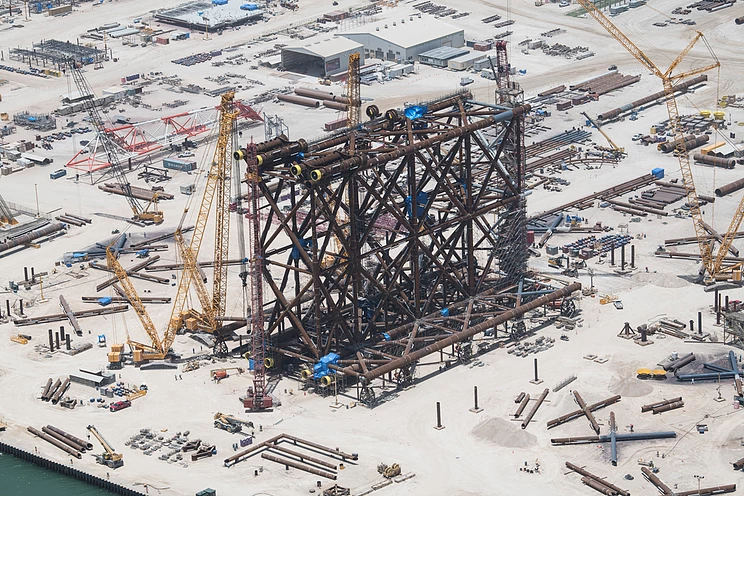
How was the Name “Leviathan” Born?
Once the Ratio Yam license was obtained, Yankale (Dr. Mimran, Petroleum Commissioner at that time) sent me a CD with the works of Gardosh, Druckman, and others on the Levantine Basin. The work was good, thorough, and extremely impressive. It made use of all of the geological and geophysical material that was available to the government. In this work, the authors called structure “C” Leviathan and structure “A” Jonah. I decided to adopt these names out of respect for the authors and because the name “Leviathan” was a perfect name for the giant structure. In a meeting with journalists and analysts, I used the name “Leviathan”, and it took root to this day. I regret that others called structure” A” Mira and did not honor the name Jonah, as is standard in our district.
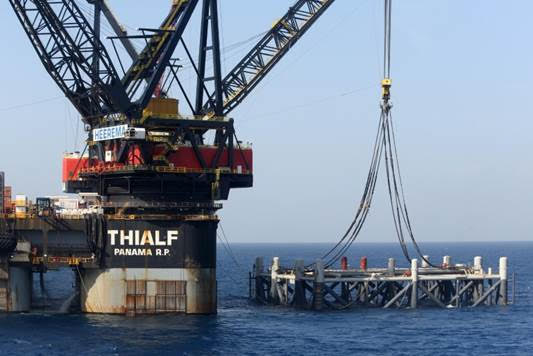
The World Stands on Five Things
An oil system is based on five variables:
- Source – contains the organic material that provides the oil
- Maturity – in order to produce oil, the temperature at the source must exceed 90ºC
- Reservoir – a porous rock that is capable of containing the oil
- Migration – hydraulic connection between the Source and the Reservoir that enables migration of oil to the Reservoir
- Trap – ensures that the Reservoir does not leak (that the oil will not float to the surface)
I will not discuss here statements about the Source, as in this case silence is golden, but I will discuss the other variables. In the 1990s, I collected data about the temperatures measured at the bottom of several wells drilled in the Levantine Basin. As is known, temperature increases with depth, generally at a rate of 27ºc per kilometer. In the Levantine Basin, the rate is slower. Based on my calculations, the Maturity temperature, also known as the “oil window”, should have been around 6-7 kilometers. This insight helped me understand the deep formation of the Leviathan and opened the door to the oil prospect known today as the “Deep Leviathan”.
Geophysical Indications causing nightmares
Occasionally, under ideal conditions, the effect of the presence of gas can be observed in seismic sections. During my work, I noticed them in other nearby areas, all within a stratigraphic horizon located underneath the salt base but not actually adjacent thereto.
The immediate conclusions were clear:
- The basin contained Reservoirs
- The Reservoirs contained gas (although a lower number of gas percentages in the Reservoir may cause an identical phenomenon)
- In light of the previous insight that the oil window began at around 6km, this was gas without oil.
- Since the Reservoirs were not adjacent to the salt formation, there was apparently an unexpected Trap, underneath the salt formation.
The 4th conclusion was not compatible with the model I had built and caused me more than a few sleepless nights until one day I decided that you can’t argue with the facts and the model must be changed.
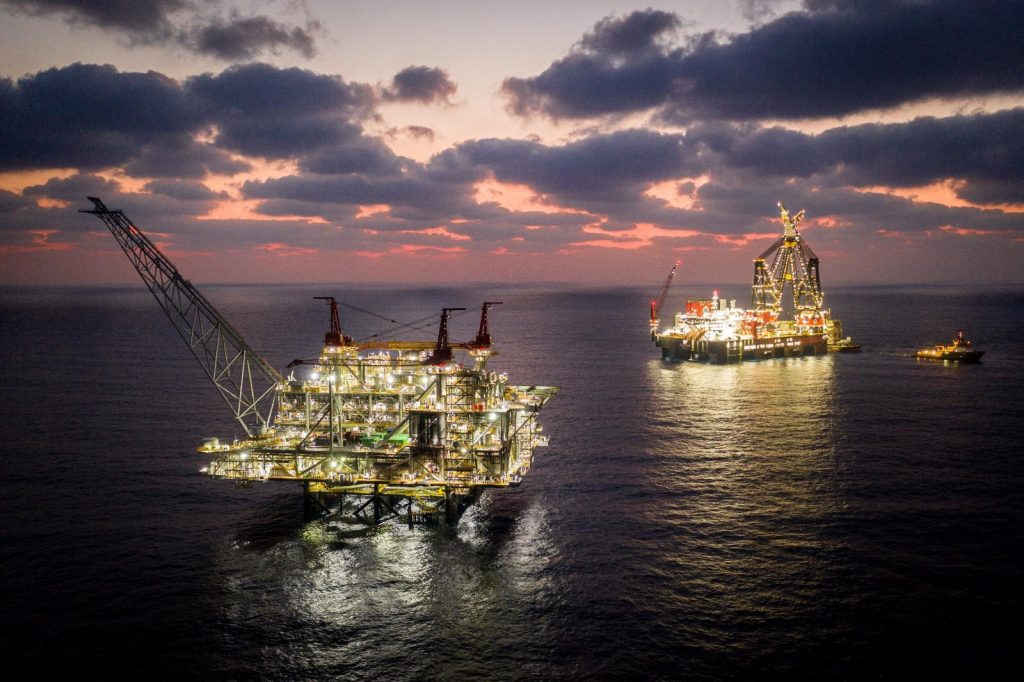
Five Minutes vs. Five Months
The Preliminary Permit was granted to Ratio for only 18 months. During this period, I had to prepare a prospect for the sale to others, since, as usual, we were strapped for cash and were unable, on our own, to carry out the seismic work as required by the government. I contacted everyone I knew overseas and received no response. Israel, at that time, was known as a country without oil, and this type of expensive drilling was definitely considered absolute insanity. My friend Jania (Dr. Landau), who works for an extremely large French company, informed me that he had given the prospect to the relevant levels in the company but received a response that it was too small for their company. I was completely despondent.
One evening, Ken Hall, who owned a small oil company in Texas, told me: “Eitan, I understand what you are trying to do but no one overseas understands this. You must contact organizations that are already operating in the Levantine Basin and in the area.”
The next day, that evening, I invited my friend Yankul (Dr. Gilboa) from Avner Delek Drilling to see the prospect. Barely had five minutes passed when Yankul told me that he would take the deal under certain conditions and as long as Gideon (Tadmor) would approve. The deal with Delek was signed within a short time.
The two entities – Ratio and Delek, wanted Noble Energy to join the joint venture but the latter did not respond. For five months, we tried to literally drag them into the venture. Only after tremendous efforts Noble Energy agreed to join.
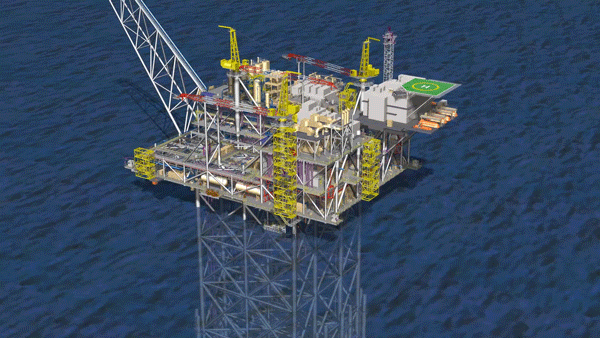
And in the middle of the night
The Leviathan 1 drilling is at its peak. The year is 2010. One night at the end of November, I was called at midnight to Ken Stanley’s office to observe the drilling into the target layer. I arrived at his office sloppily dressed and in lamb-leather boots. Although I was warmly dressed, I trembled from both fear and excitement.
In this drilling, an electronic sensor was attached to the drill that continually measures the electrical resistance of the layers. The data was delivered in real-time to Ken’s office. All eyes were staring at the electronic needle. The drilling continued below but the needle was mildly vibrating in the area of low electrical resistivity value (clay). Suddenly, there was a gradual movement. The needle moved towards a high electrical resistance value and wandered into the area of high resistances. We penetrated into the sand with gas. The “Leviathan” field was discovered.
* The author initiated the Leviathan project and he is the Prospect Generator of the Leviathan field and known as “Mr. Leviathan”

